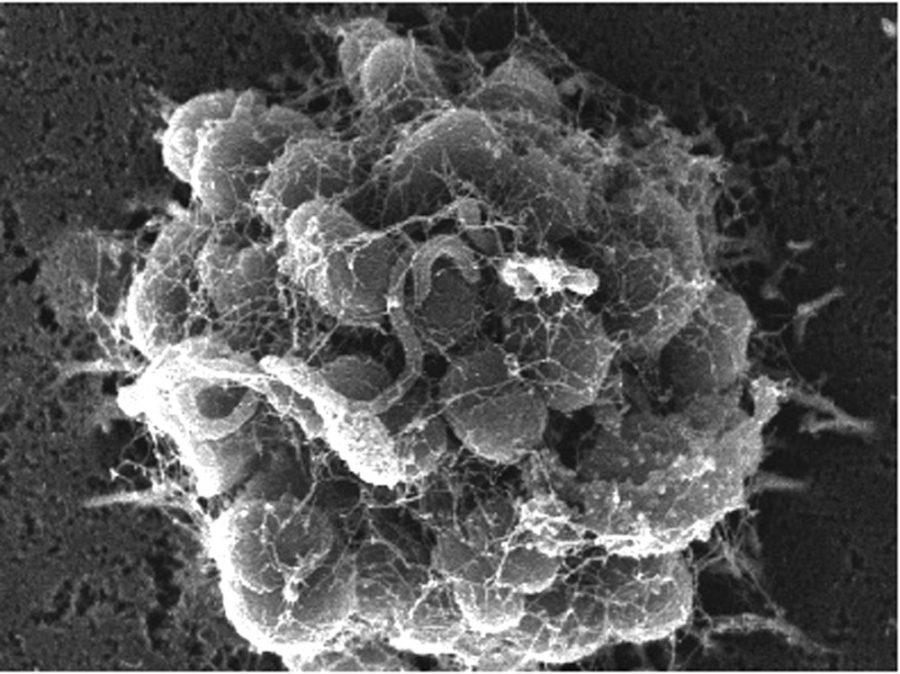Pathogenic bacteria of the Neisseria genus, such as Neisseria gonorrhoeae, have a tendency to cause asymptomatic infections, or infections that don’t elicit immediate symptoms. Immunobiology researcher Maggie So and her collaborators have found that a motor complex called the Type IV pilus may play a role in asymptomatic infections caused by Neisseria bacteria.
“Six out of 10 women who acquire Neisseria gonorrhoeae in their cervix will actually be asymptomatically infected,” So said, “so they have no idea that they’re walking around and engaging in sexual activity and maybe passing the pathogen on.”
So’s lab believes that the ability of pathogenic Neisseria to cause asymptomatic infections and the ability of certain species of Neisseria to colonize the body harmlessly are both caused by the retraction dynamics of the Type IV pilus motors.
Neisseria are covered with hair-like fibers called pili, which are made of a polymer of proteins, according to Alyson Hockenberry, an immunobiology graduate student working in So’s lab.
“An interesting feature of these pili is that they extend and retract … similar to a fishing pole or a grappling hook,” Hockenberry said.
According to Hockenberry, the Type IV pilus motor is composed of four proteins located on the bacterial membrane: three involved in retraction of the pilus fiber and one involved in its elongation.
The fiber elongates until it reaches its target on the host cell, where it attaches. Once attached, the fiber will be depolymerized, or retracted, back into the cell. Pilus retraction moves the entire bacterial body toward the cell, Hockenberry said.
Currently, Hockenberry is working on constructing mutants of Neisseria gonorrhoeae motor proteins by making a series of changes in the DNA of the bacteria, which will then be used to investigate the role of pilus retraction dynamics on asymptomatic infection.
Hockenberry said she believes there is a connection between commensal bacteria and pathogenic bacteria that cause asymptomatic infections.
“We also know that these bacteria retract their pili differently, and we think that that will decide whether or not that bacteria does or does not cause disease,” Hockenberry said. “So, the commensal Neisseria elongata, it retracts its pili slower, and the pathogen [Neisseria] gonorrhoeae retracts faster.”
So recently started a new project to identify host and bacterial genes that allow bacteria to coexist peacefully through a mouse model with a bacteria similar to Neisseria, AP2031.
In this type of commensal relationship, the two organisms are neither helped or harmed.
“I think [the project is] unique, and it’s the first of its kind,” So said, “because there has been no animal model that will allow us to study commensalism at this level of complexity and sophistication.”
_______________
Follow Connie Tran on Twitter.









